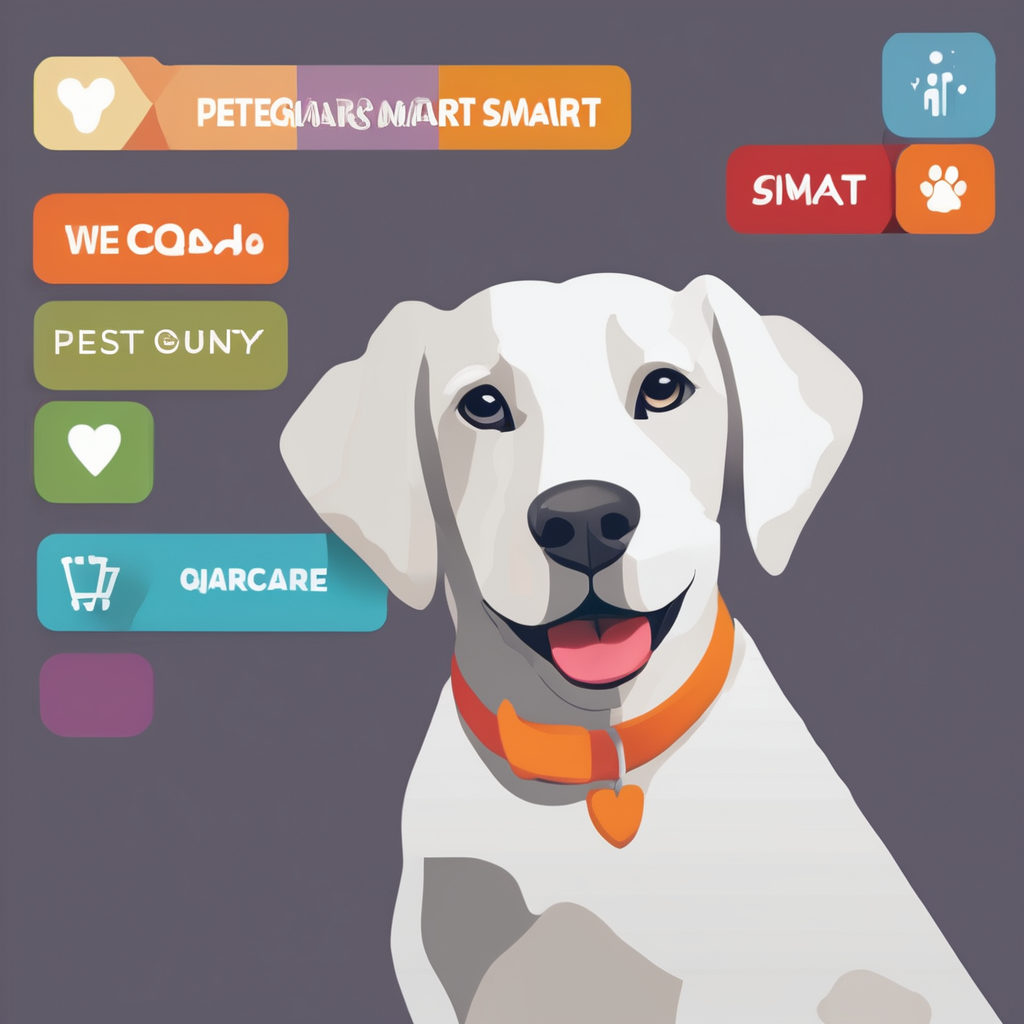Overview of Belgian Malinois Athletic Abilities
The Belgian Malinois is renowned for its exceptional athletic abilities, setting it apart as a prime breed for police canines. Their physical prowess stems from unique characteristics such as a lean, muscular build and remarkable agility. This breed often exhibits an extraordinary speed and endurance, enabling them to perform tasks that demand physical stamina.
In the realm of law enforcement, the selection of a breed like the Belgian Malinois is crucial. Their keen sense of smell, unwavering focus, and high energy levels make them ideal for dynamic roles such as search and rescue, tracking, and apprehension work. Often outshining other breeds in these areas, they excel in tasks that require quick reflexes and precise movements.
Also to discover : Ultimate guide to designing a tailored diet plan for your diabetic fox terrier: key strategies and insights
The role of the Belgian Malinois in police forces is multifaceted. Their intelligence and high trainability allow them to adapt to various roles beyond conventional patrol duties, including bomb detection and narcotics searches. Thus, having a breed whose athletic abilities complement these tasks ensures law enforcement can rely on a canine partner capable of maintaining performance under pressure, ultimately reinforcing security and safety measures.
Physical Fitness Criteria for Police Canines
Evaluating the physical fitness of police canines is vital in ensuring their effectiveness in duty. These criteria often revolve around a dog’s endurance, strength, and stamina.
In the same genre : Harnessing the power within: maximizing your finnish spitz”s prey drive for ultimate training success
Assessing Endurance
Endurance is a cornerstone of physical fitness for police canines, allowing them to sustain high-energy activities over time. To evaluate endurance, dogs are typically put through rigorous training exercises that simulate real-life scenarios. This not only tests their cardiovascular capacity but also their ability to remain focused under stress.
Measuring Strength and Agility
Strength and agility are as essential as endurance in a police canine’s fitness profile. Strength assessments involve measuring how well a dog can pull or push against resistance, while agility is gauged through obstacle courses. These tests ensure that canines have the muscle power and swift movement necessary for tasks like suspect apprehension and navigating physical barriers.
Importance of Flexibility
Flexibility enhances both stamina and performance, impacting overall health and capability. A flexible dog is less likely to suffer injuries, maintaining peak performance levels. Full-body conditioning, including stretching routines, contributes significantly to the dog’s structure and overall health, ensuring longevity in their demanding role. This holistic approach to fitness ensures police canines are well-prepared for any situation.
Temperament and Behavior Assessment
When selecting working dogs for police duties, conducting a thorough temperament and behavior assessment is crucial. Such evaluations help identify traits important for police work. A dog’s temperament can determine its potential success in high-pressure environments. Detecting characteristics such as loyalty, courage, trainability, and stability will assure they respond reliably when tasked with critical responsibilities.
Socialization plays a pivotal role in canine effectiveness. Dogs exposed to varied situations and environments tend to adapt better, demonstrating increased confidence and calm during demanding tasks. Socialized working dogs can interact effectively with humans and other animals, a necessary skill for public service roles.
Stress management is another vital component of these assessments. Working dogs often encounter stressful scenarios, such as crowd control or search operations. Evaluating how they cope with and manage stress ensures that dogs remain composed and effective, rather than reactive or disoriented, in high-pressure situations.
Ultimately, a robust temperament and behavior assessment supports the meticulous selection of working dogs, ensuring they possess the required attributes to serve in demanding and unpredictable environments effectively. Proper evaluation fosters reliability and resilience, establishing the foundation for successful police dog implementation.
Training Methodologies for Athletic Development
Exploring various training methodologies is crucial for enhancing athletic performance. Tailoring exercise regimens to suit individual needs can significantly impact the effectiveness of training.
Types of Training Exercises
In designing a comprehensive program, incorporating diverse exercise regimens is essential. Aerobic exercises improve cardiovascular endurance, while strength training focuses on muscle building. Flexibility exercises, such as yoga or stretching routines, enhance muscle elasticity and joint mobility, reducing injury risk. Each exercise type plays a distinct role in an athlete’s overall development, contributing to a well-rounded training routine.
Incorporating Obedience in Athletic Training
Obedience training is a unique aspect that can be integrated into athletic development. It involves exercises that require discipline and adherence to specific instructions. This practice not only improves an athlete’s response to commands but also fosters self-control and mental resilience.
Role of Motivation in Training
Motivation plays a pivotal role in maximizing athletic performance through training. Building a program centered around positive reinforcement encourages continuous improvement. Implementing incentives and setting achievable goals helps maintain enthusiasm and dedication. For law enforcement athletes, specialized programs that address specific physical and tactical requirements are vital, focusing on the physicality needed in field operations, ultimately leading to enhanced performance in real-world scenarios.
Health Assessments and Their Importance
Routine health assessments for police canines play a crucial role in ensuring these hardworking animals maintain peak performance. By scheduling regular veterinary check-ups, handlers can proactively monitor the dog’s overall well-being and detect any underlying health issues early. This helps in maintaining the dog’s operational effectiveness and extends their service life.
High-performance dogs, such as police canines, face unique challenges that can lead to common injuries. These might include muscular strains, joint injuries, and stress-related conditions due to their physically demanding tasks. Continuous injury prevention strategies are vital to minimize such risks.
Handlers can implement strategies like tailored exercise regimens, balanced nutrition, and adequate rest periods to support injury prevention. Additionally, understanding warning signs through health assessments ensures any potential issue is addressed before it escalates.
These assessments help to identify subtle changes in behaviour or performance that might indicate health concerns. By integrating routine veterinary check-ups into their care routine, handlers not only safeguard the dogs’ health but also enhance their effectiveness in the field. An ongoing commitment to health management contributes significantly to the dog’s ability to perform their duties effectively and safely.
Case Studies of Successful Belgian Malinois in Police Work
In this section, we explore case studies showcasing the success stories of the Belgian Malinois in law enforcement settings. The breed is widely recognised for its agility, intelligence, and unwavering dedication, making it a preferred choice in the real-life applications of police work.
Notable Examples of Belgian Malinois
The Belgian Malinois has been pivotal in many high-profile operations, earning accolades for its precise tracking and apprehension capabilities. One standout example includes its role in the capture of a wanted fugitive, where the Malinois conducted a complex search and swiftly located the suspect.
Performance Metrics and Outcomes
To measure the efficiency of these dogs, various performance metrics are used. Success is often attributed to their high trainability and sharp instincts. Studies show that Belgian Malinois consistently outperform other breeds in tasks requiring speed, discipline, and problem-solving.
Lessons Learned from Various Teams
Comparative analysis with other breeds highlights the unique advantages of Belgian Malinois. When teams administer correct assessments before deployment, operational success rates show noticeable improvement. The lessons from these case studies emphasise the importance of choosing the right breed for specific missions, enhancing overall mission effectiveness and safety.
Guidelines for Selecting Belgian Malinois for Police Duties
Selecting the right Belgian Malinois for police duties requires meticulous attention to specific selection guidelines and breed criteria. A primary consideration is the dog’s genetics and temperament; an ideal candidate possesses high energy and intelligence. Early identification of potential candidates is crucial. Beginning this process as young as possible ensures that the dog has the aptitude required for demanding police work. Evaluating the candidates through rigorous mental and physical tests ensures that the selected dogs can cope with the stresses and challenges presented in law enforcement environments.
Collaboration with breeders and trainers greatly enhances the selection process. Breeders with expertise in Malinois genetics aid in highlighting dogs with the physical and mental attributes necessary for police tasks. At the same time, trainers play a crucial role in shaping these dogs from an early age, embedding the discipline and behaviour specific to police duties.
In terms of breed criteria, strong nerves, inquisitiveness, and a resilient demeanor are paramount. These criteria, combined with systematic candidate evaluation, provide a structured approach to identifying the most suitable Belgian Malinois for police work.
It is essential always to remember the selection’s ultimate goal: to forge a productive partnership between the dog and its handler.
Ongoing Training and Conditioning for Police Canines
Ensuring police canines remain at the peak of their performance involves consistent ongoing training and carefully planned conditioning practices. These practices are essential for maintaining their readiness and efficiency in the field.
Developing Year-Round Training Regimens
Creating a comprehensive, year-round training regimen is crucial for police canines. This involves a structured schedule that balances skill refreshers with periods of rest. Training regimens must be adaptive to account for changes in tasks or environments that the canines might encounter.
Integrating Skill Refreshers
Incorporating skill refreshers helps reinforce previous training and introduces new challenges. These refreshers contribute significantly to the enhancement and maintenance of the canines’ core abilities, ensuring they are always prepared for various scenarios.
Assessing Training Impact on Athletic Performance
Evaluating training impact on athletic performance is paramount to identifying the success of conditioning practices. Metrics such as endurance, responsiveness, and agility provide clear insights into a canine’s performance. Understanding and addressing these factors allow for continuous improvement in training methods.
Adaptability is key in shaping future trends in canine training for law enforcement. Incorporating technology and evidence-based practices will likely enhance training efficiency and effectiveness. This proactive approach ensures police canines remain an invaluable asset to law enforcement efforts.











